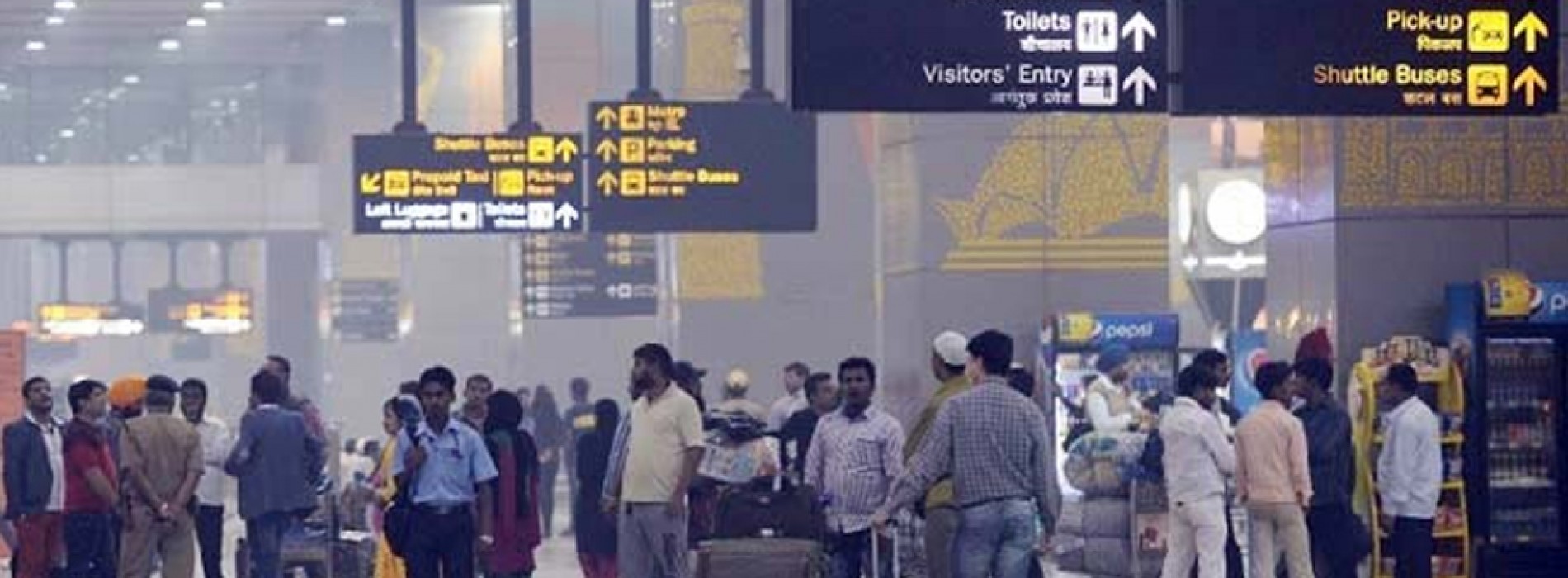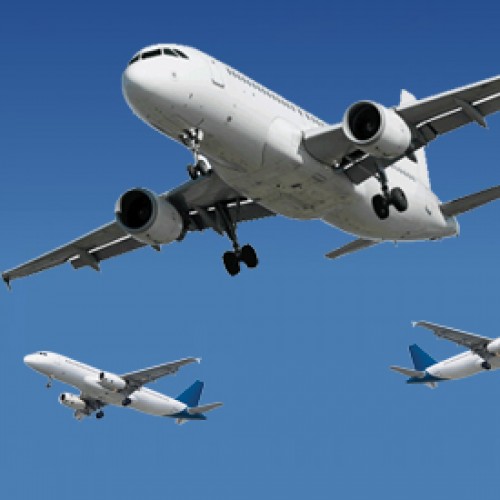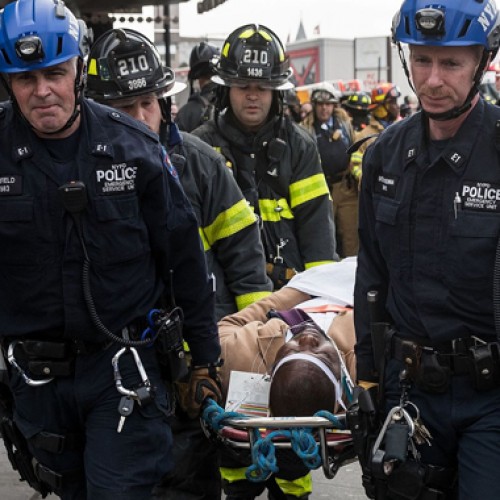Indian airports face capacity crunch as aviation market booms
Domestic passenger numbers topped 100 million last year!
India’s aviation industry risks a capacity crunch as an expansion in landing slots and terminals fails to keep pace with the number of jets entering the market and rapid growth in demand from travellers, executives warned lately.
Airlines including Interglobe Aviation’s IndiGo, SpiceJet and GoAir have 880 aircraft on order as they tap into a market growing 20 per cent-plus per annum thanks to rising incomes and low-cost fares. Domestic passenger numbers topped 100 million last year, with most of the growth involving flights into and out of the biggest cities.
“The airport infrastructure at many airports is breaking at the seams because there is no more capacity,” said Sanjiv Kapoor, chief strategy and commercial officer at Vistara, an Indian airline jointly owned by Singapore Airlines and Tata Sons.
“Everyone is scrambling to grab whatever little is left but what happens after that?”, Kapoor told Reuters at an aviation conference in Mumbai.
Most of India’s 40 largest airports will exceed their design capacity within a decade based on projected growth rates, consultancy CAPA estimates, with Mumbai and Chennai fast approaching saturation. Kapil Kaul, chief executive officer (CEO) for South Asia at CAPA, said India could run out of capacity within three to five years. “We are not ready beyond 2020-2021,” he said.
India’s government plans to open 50 disused airports by 2020, and has given approval for 18 greenfield airports. Junior aviation minister Jayant Sinha said this week India would need to triple capacity within 15 years at a cost of up to 3 trillion rupees ($45 billion), mostly from private sources. Delays in acquiring land, as well as the inability of debt-laden domestic airport operators such as GMR Group and GVK to invest, have stymied expansion proposals.
“No one will invest in airports till you open investment in airlines,” Manish Sinha at GMR Hyderabad International Airport Ltd said, referring to a 49 percent cap on foreign ownership of Indian carriers.
Capacity constraints are most acute in Mumbai, where aircraft can wait for landing spots for 45 minutes, according to Martin Consulting. The government wants to build a new airport — under discussion for 20 years — outside the city but has repeatedly delayed plans, with initial bids due this year.
Order Books
Newer Indian carriers are set to swell aircraft order books further. Vistara could order 50 narrow-body and 50 wide-body aircraft this year, Kaul at CAPA said. AirAsia India plans to grow its fleet to 20 aircraft by mid-2018.
In an attempt to lure firms, India last year allowed foreign investors to invest 100 per cent in brownfield airport projects. Operators such as Singapore’s Changi Airport have expressed interest, although questions remain about the government’s revenue sharing model. The looming capacity crunch adds to the worries of Indian carriers, which last year reported their first combined profit in a decade. CAPA estimates airlines will lose $250 million to $300 million this year amid intensifying competition.
“There is a need to look at profitable growth and not just capacity deployment,” said Amitabh Malhotra, managing director at Rothschild Global Advisory in India. Malhotra said it would be tough to maintain a 20 to 25 percent growth rate as rising fuel costs bite.
News Source: www.business-standard.com
You might also like
Inbound Season: Tourism Industry keeps fingers crossed
India’s Inbound Tourism is going through a challenging phase. As the industry gears up for the new inbound season, it hopes that the recent government measures will help boost inbound
Galloping IndiGo Stock Outpaces Combined m-cap of Jet, SpiceJet
In just eight sessions since listing, the stock of InterGlobe Aviation, the owner of low-cost carrier IndiGo, has notched up some 36 per cent gains to swell the market capitalisation
More than 100 hurt in New York train derailment
A New York commuter train derailed on Wednesday during the morning rush at a station in Brooklyn, sparking chaotic scenes and leaving more than 100 people with minor injuries. The








